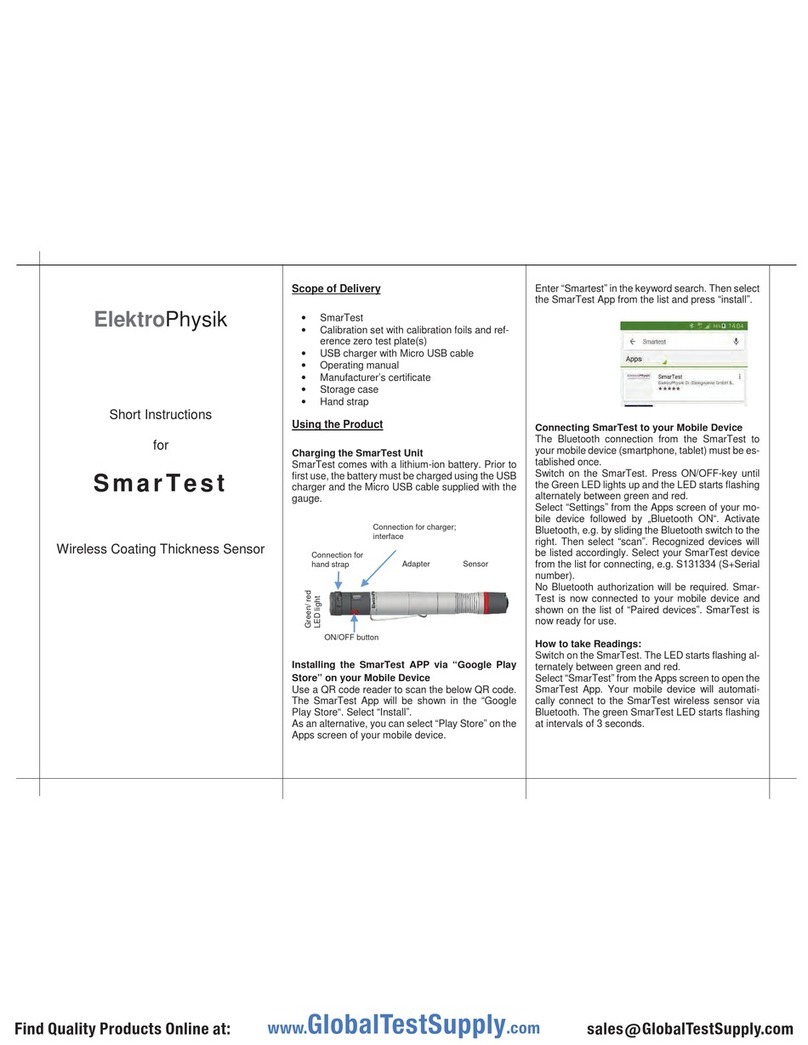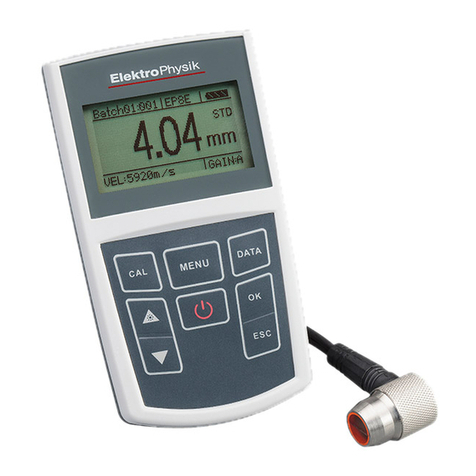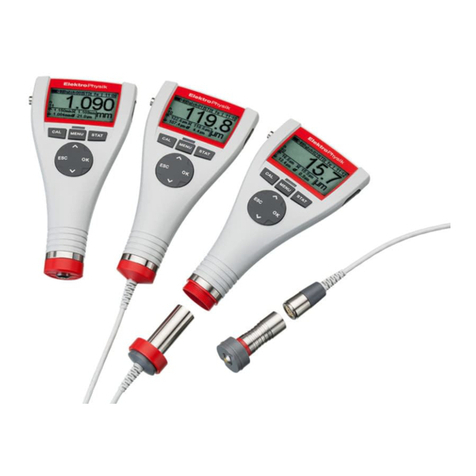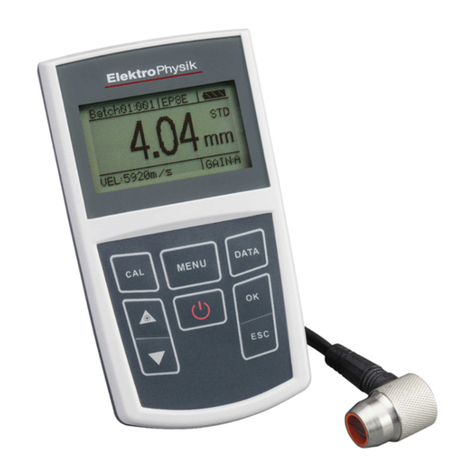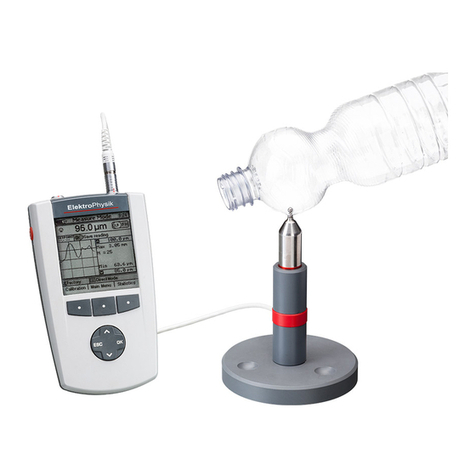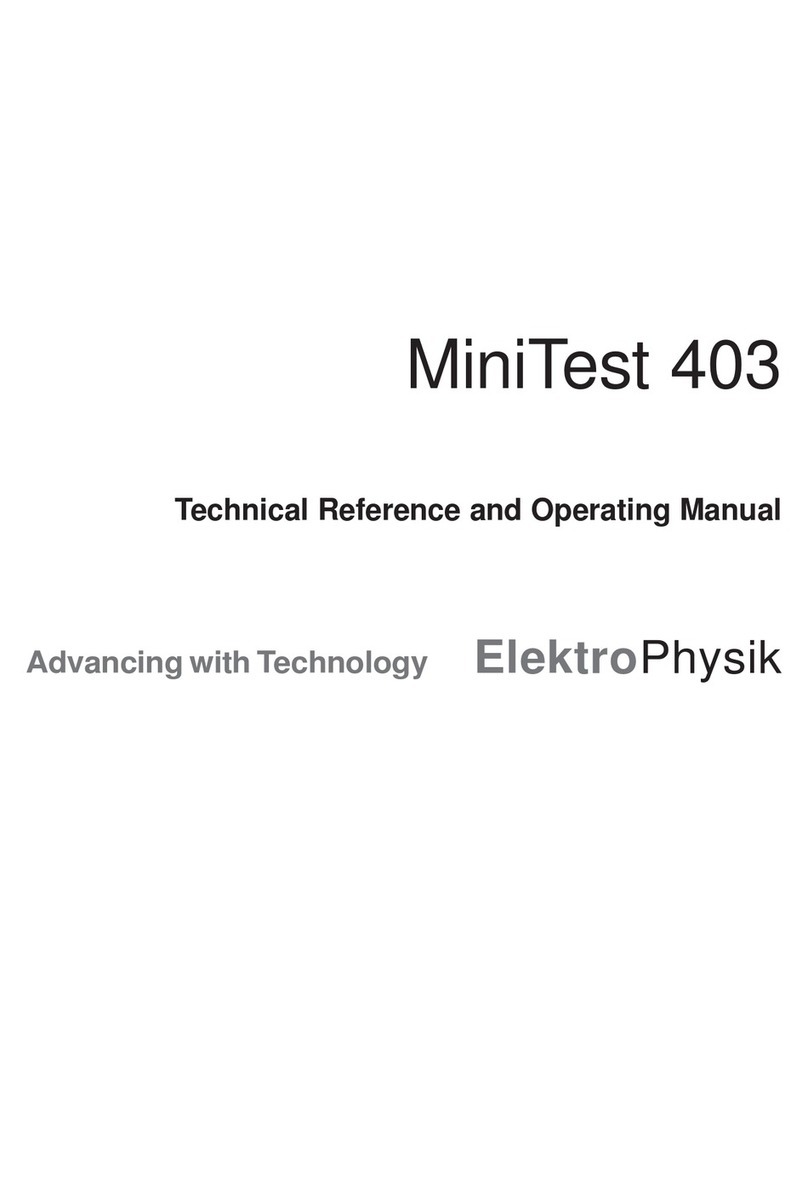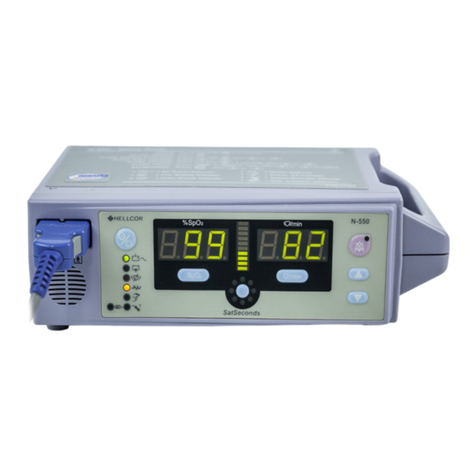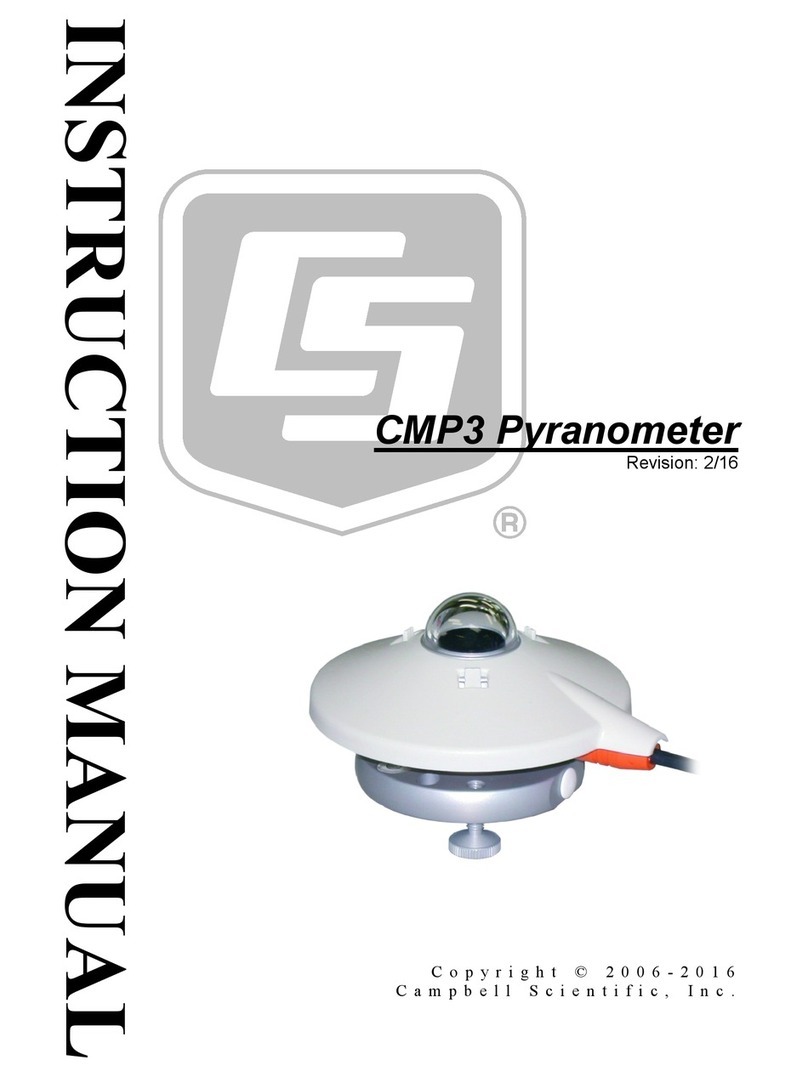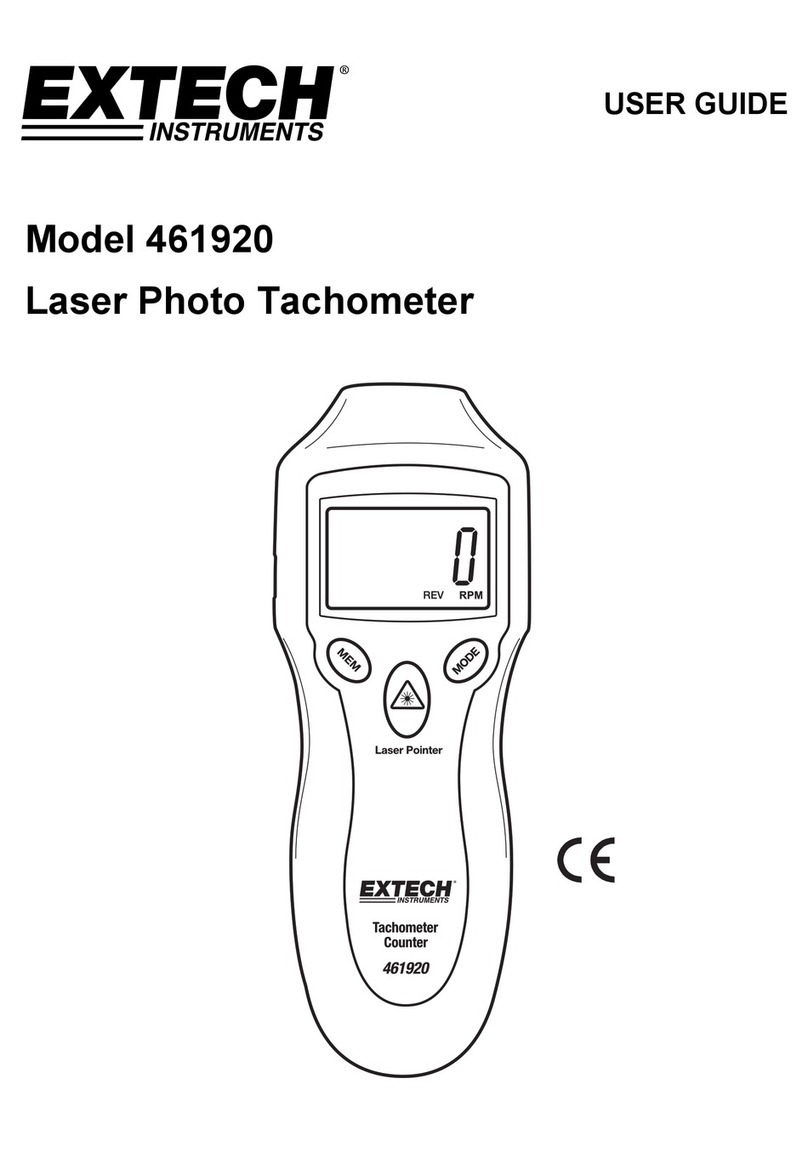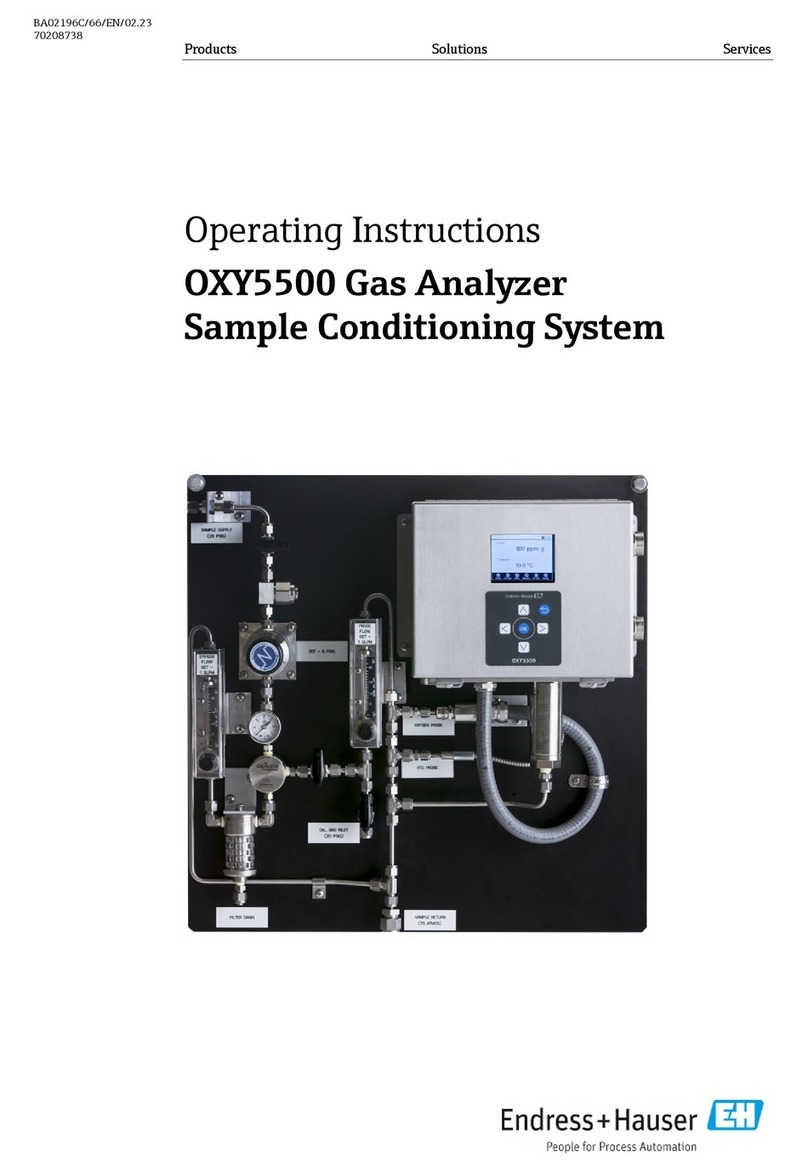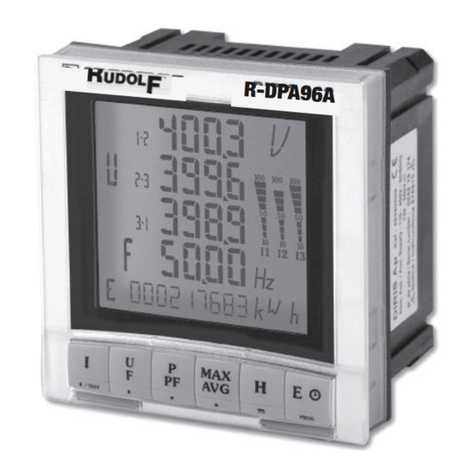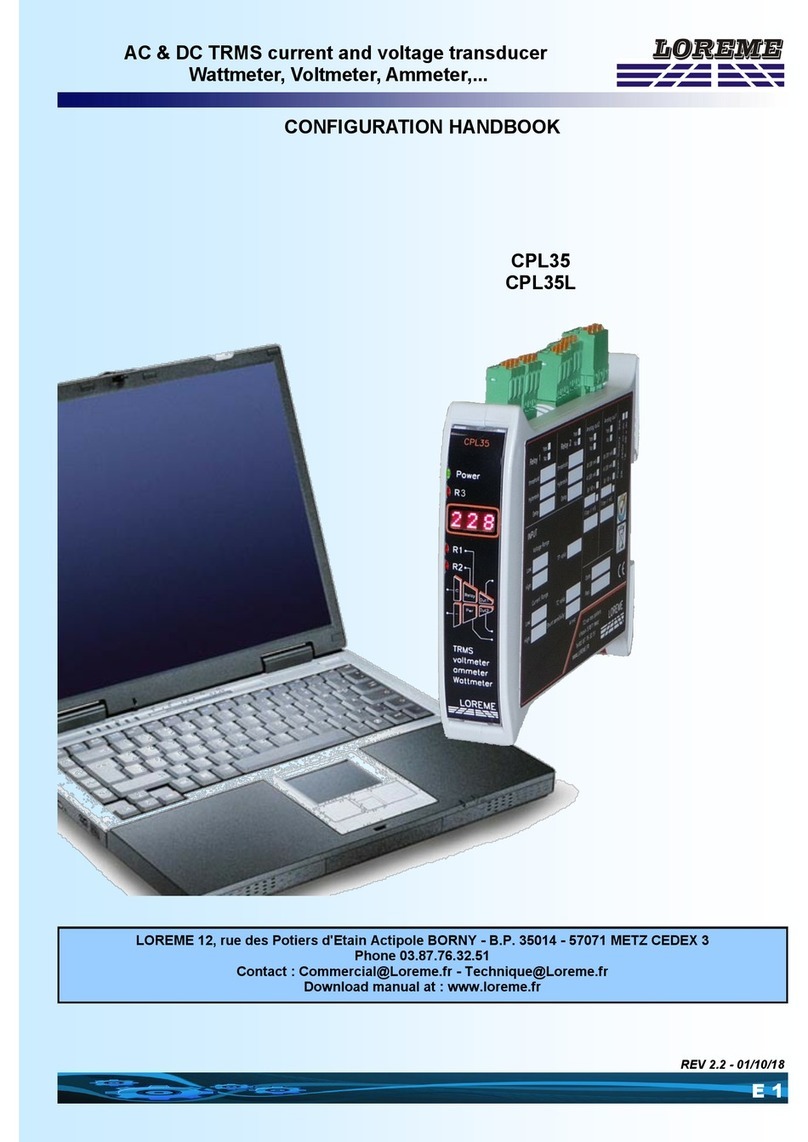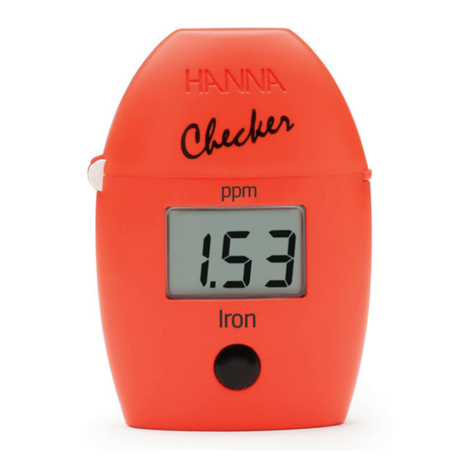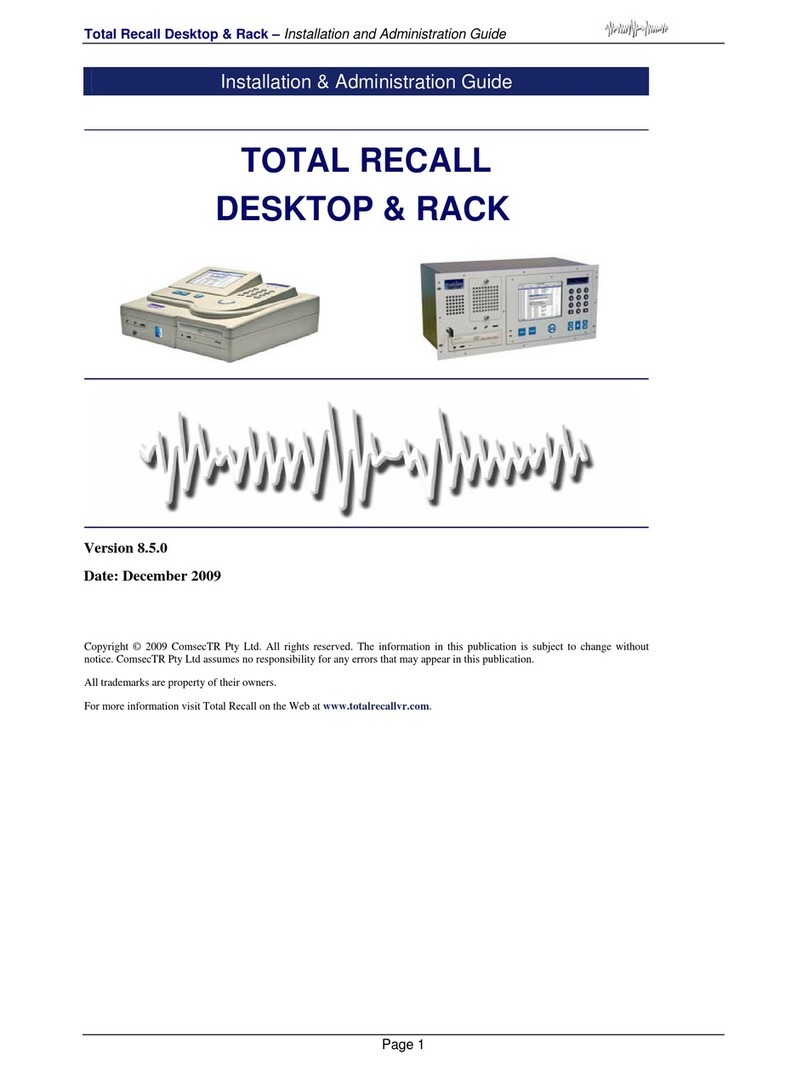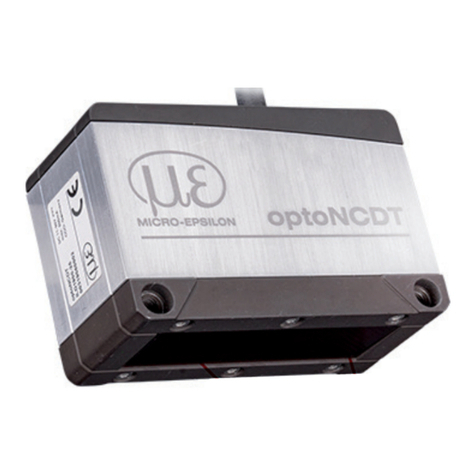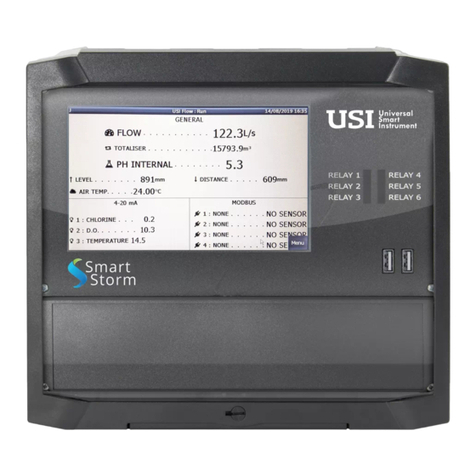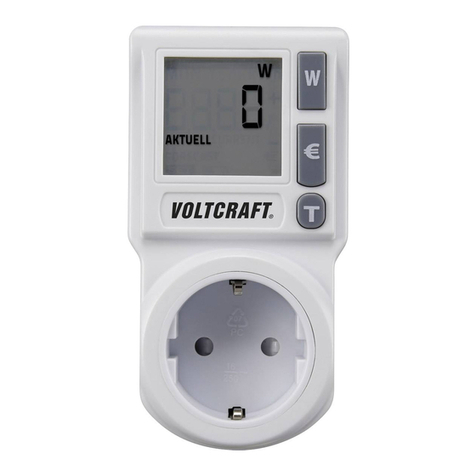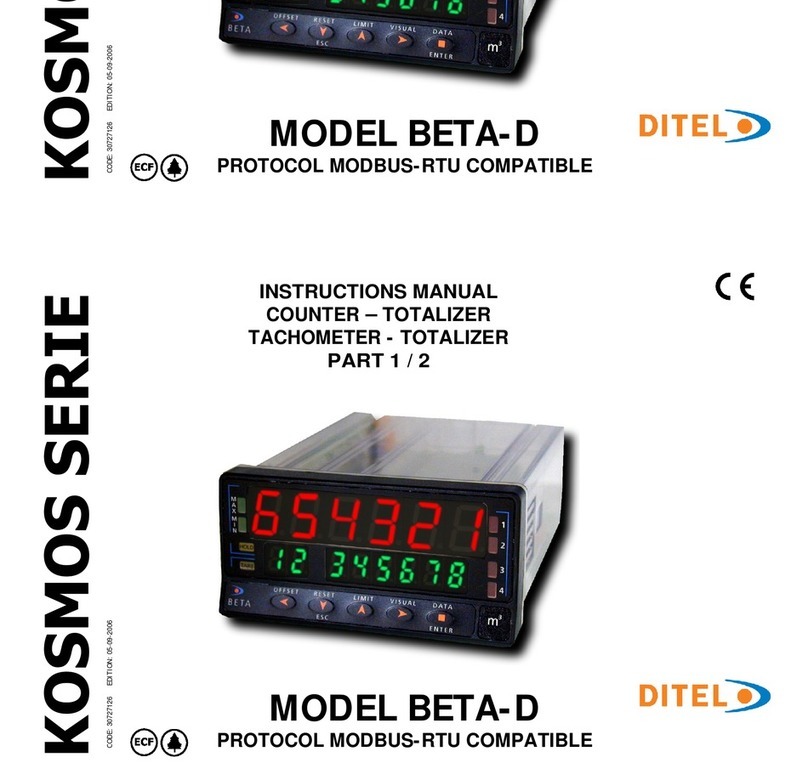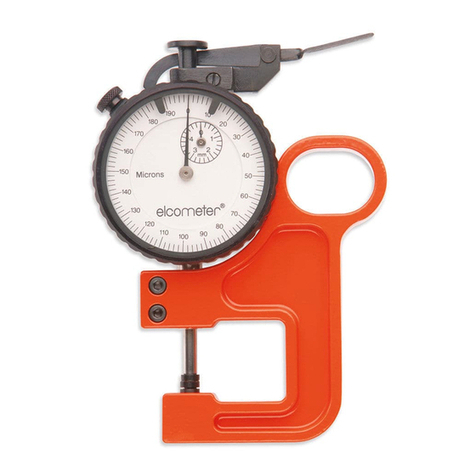Table of Contents
1. Introduction...............................................................................................................................5
1.1 Important Notes on Wall Thickness Measurement ................................................................5
Prerequisites for the use of ultrasonic wall thickness gauges.................................................5
1.1.1 Training of the Person in Charge of Testing..................................................................6
1.1.2 Limitations to Ultrasonic Testing....................................................................................6
1.1.2.1 Ultrasonic Wall Thickness Testing...........................................................................6
1.1.2.2 Influence of the Material to be tested.......................................................................7
1.1.2.3 Influence of Changes in Temperature......................................................................7
1.1.2.4 Measurement of the Residual Wall Thickness .........................................................7
1.1.2.5 How to use the Couplant .........................................................................................7
1.1.2.6 Duplication of Reading.............................................................................................8
2. Technical Specifications ..........................................................................................................9
3. Measuring Principle................................................................................................................10
4. Description of the Gauge and Schedule of Supply...............................................................11
4.1 Description of the Gauge (Front and back Side)..................................................................11
4.2 Supply Schedule.................................................................................................................11
4.2 Display................................................................................................................................12
4.3 Keyboard.............................................................................................................................13
5. Preparing Measurement .........................................................................................................14
5.1 Preparing the Gauge...........................................................................................................14
5.2 Selection of the Transducer.................................................................................................14
5.3 Preparing the Surface of Measuring Object.........................................................................15
6. Operation.................................................................................................................................16
6.1 Switch ON...........................................................................................................................16
6.2 Taking Readings.................................................................................................................16
6.3 Calibration...........................................................................................................................17
6.3.1 Calibration...................................................................................................................17
How to calibrate MiniTest 430 / 440...................................................................................17
6.3.2 Determination of the Sound Velocity...........................................................................17
6.3.2.1 How to determine the Sound Velocity.......................................................................18
6.3.3 Calibration of the Transducer....................................................................................18
6.4 User Menu ..........................................................................................................................19
6.4.1 Measuring Mode (Meas. Mode) ..................................................................................19
6.4.1.1 MiniTest 430..........................................................................................................19
6.4.1.2 Operating modes of MiniTest 440..........................................................................21
6.4.1.2.1 I-E mode.............................................................................................................21
6.4.1.3.2 Echo-Echo mode................................................................................................22
6.4.2 Sound Velocity............................................................................................................23
6.4.2.1 Materials................................................................................................................23
6.4.2.2 Setting Sound Velocity (vel. custom) .....................................................................24
6.4.3 Measuring Unit............................................................................................................25
6.4.4. Data Memory .............................................................................................................25
6.4.4.1 Select a Batch (MiniTest 430 / 440).......................................................................26
6.4.4.2 Delete a Batch (MiniTest 430 / 440).......................................................................26
6.4.5 Gain Setting................................................................................................................27
6.4.6 Switch Off Mode..........................................................................................................27
6.4.7 Contrast......................................................................................................................28
6.4.8 Language....................................................................................................................28
6.4.9 Gauge Data ................................................................................................................28
6.4.10 Standard Setting.......................................................................................................28
6.5 Data Processing..................................................................................................................28





















